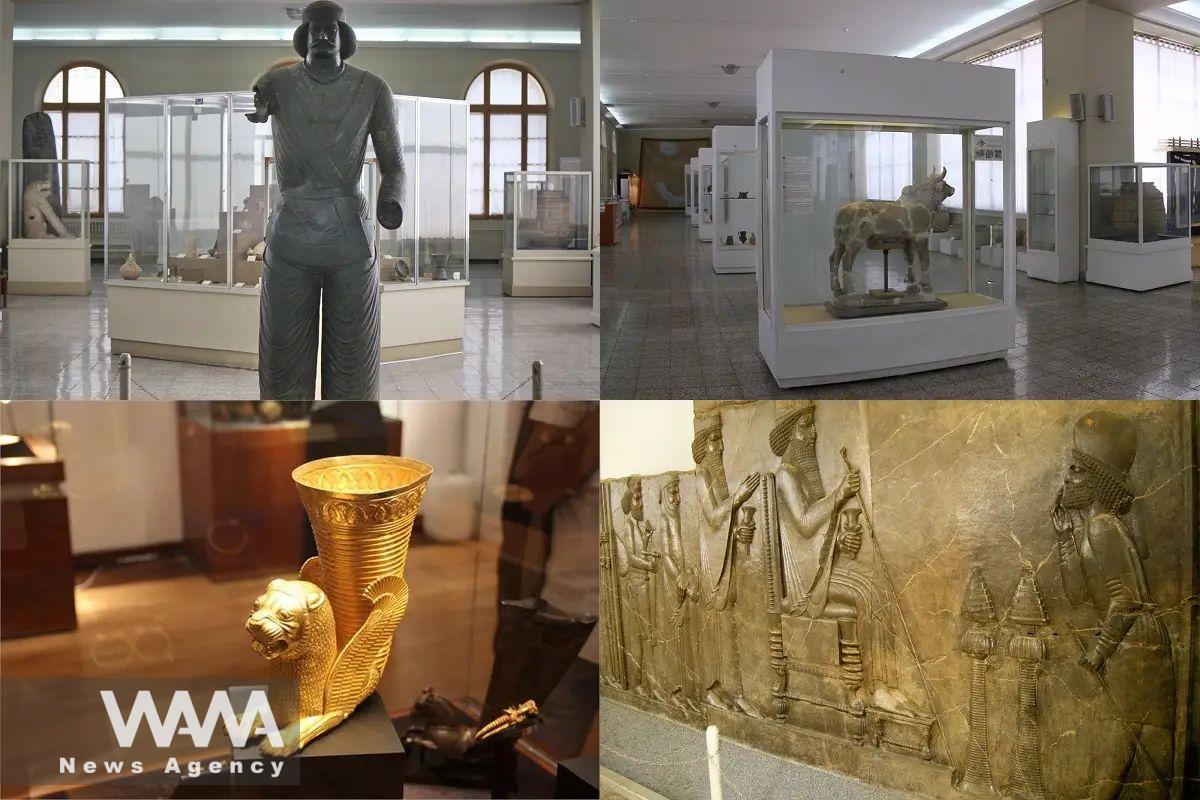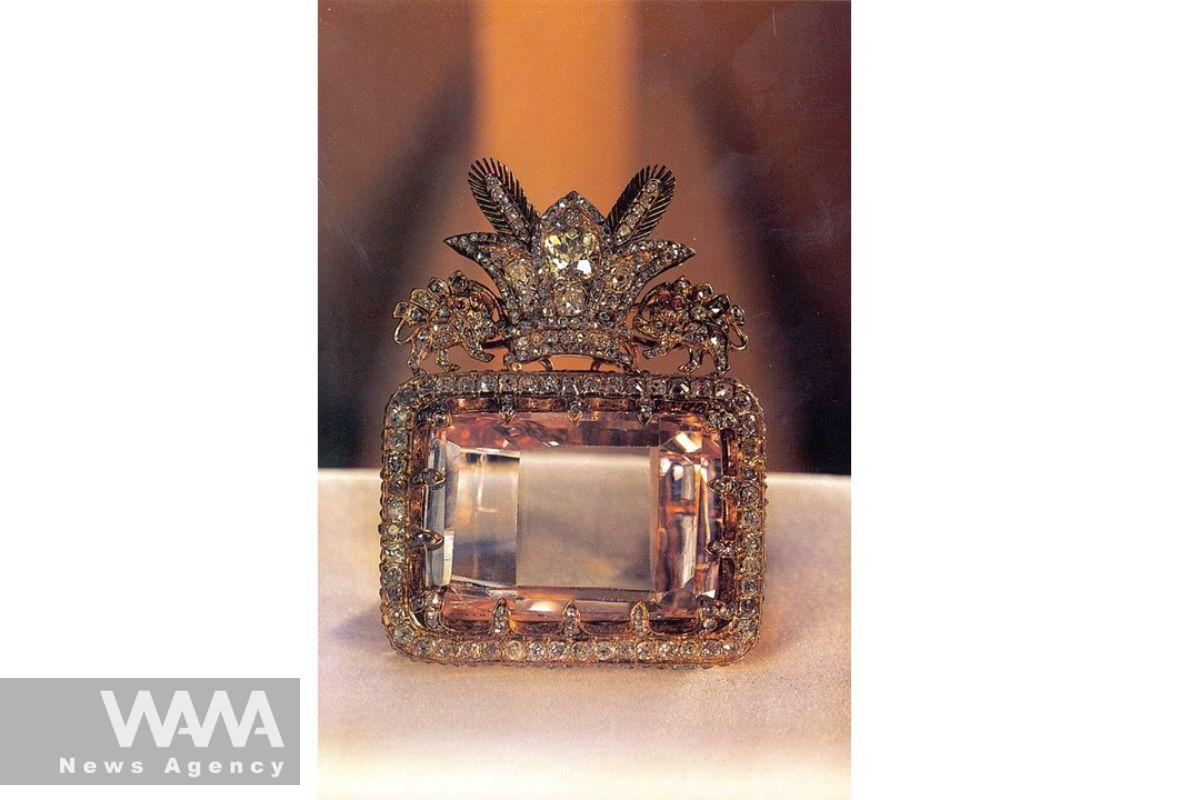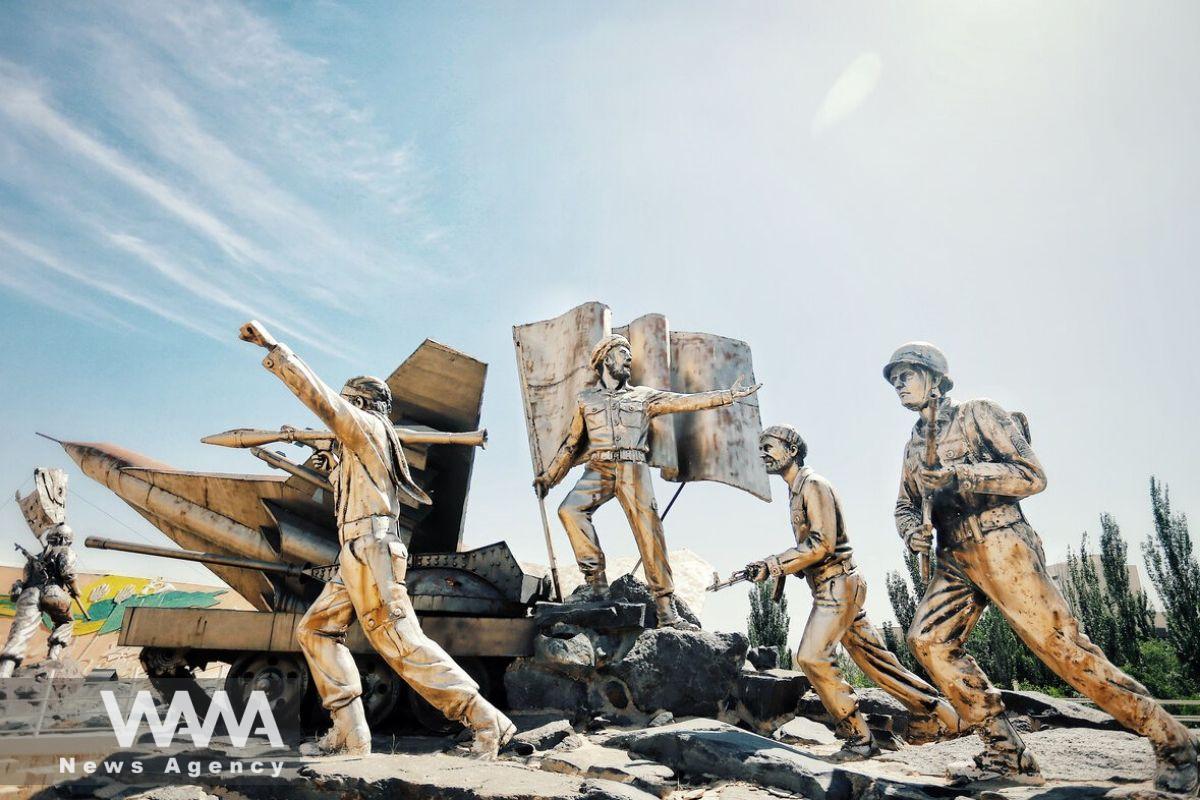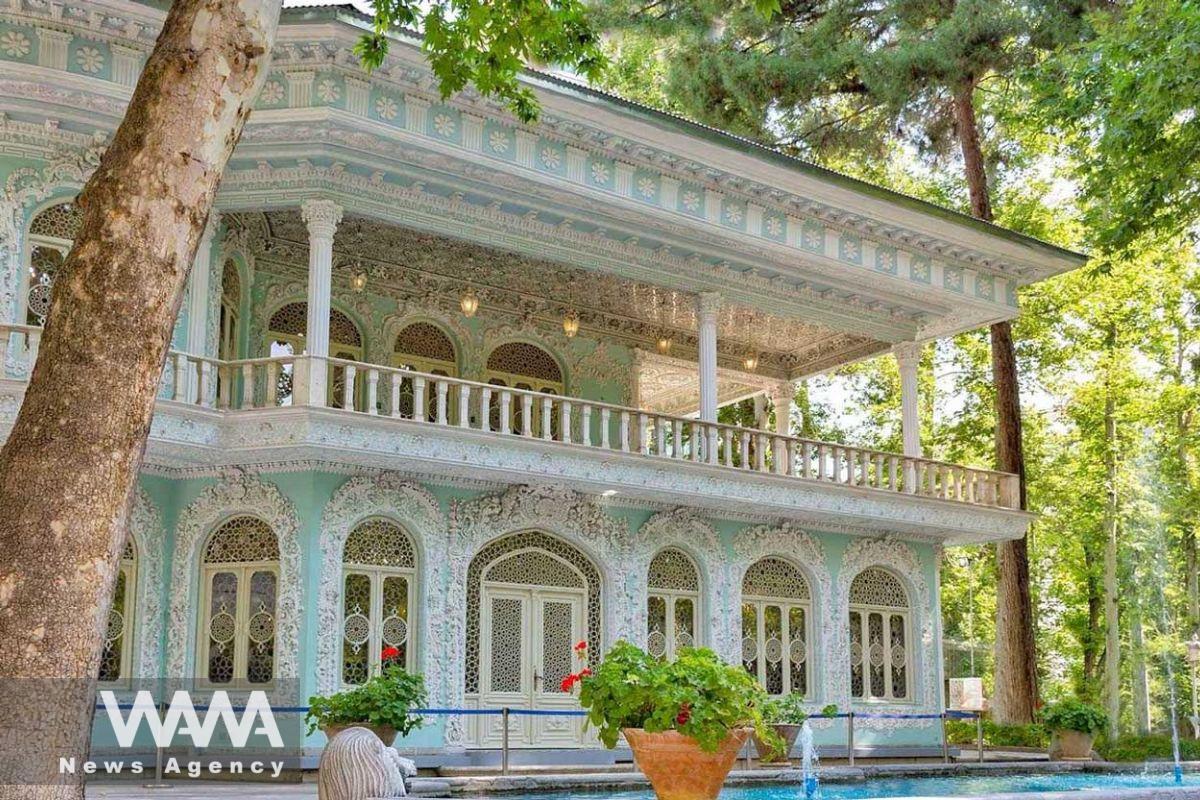Top Must-See Tehran’s Museums
WANA (Sep 24) – Iran is a four-climate country with 31 provinces offering unique tourist attractions. Tehran, Iran’s vibrant and modern capital, is one of the lesser-known travel destinations globally, hiding a treasure trove of cultural, historical, and natural attractions within its heart.
This city, rich in history and steeped in ancient traditions, is where every corner has a story to tell, and every street is filled with colours and new experiences.
Among the most prominent attractions in Tehran are its magnificent historical palaces, various museums, beautiful parks, pleasant hiking areas, and traditional markets.
Tehran is a city where you can enjoy ancient and modern historical sites while strolling through its bustling streets and experiencing local culture up close by exploring its markets. This article invites you on an exciting journey through the heart of Iran’s capital, introducing you to the world of Tehran’s museums and the historical beauty of this city.
Museums of Tehran
Tehran boasts numerous museums focused on various themes, and we’ve compiled a list of the must-see attractions. Generally, the visiting hours for Tehran’s museums are from 10 AM to 5 PM on regular days, though these hours may vary on official holidays and at certain museums.
The museum tour is rated with a difficulty level of 1, making it suitable for all ages and history enthusiasts. Admission fees depend on the time of visit and the specific museum. For accurate information regarding costs and precise opening hours, it is advisable to check each museum’s website or contact them directly before your visit.
When purchasing tickets, note that if you don’t have access to an Iranian bank account, buying tickets in person at the museum’s ticket booth is recommended. Information on how to reach these museums via public transportation is provided below.

National Museum of Iran, Social Media/ WANA News Agency
National Museum of Iran
Recognized as Iran’s largest and oldest museum, the National Museum houses an extensive collection of artefacts, including inscriptions, coins, pottery, and objects from pre-Islamic to Islamic periods. Some of the items date back 800,000 years. The best way to reach the museum is via public transportation; take the metro to Imam Khomeini Square station and then walk or take a taxi to your destination. The museum’s website offers this option for those interested in a virtual visit. Website: [National Museum of Iran]
National Jewelry Museum
This museum showcases a stunning collection of Iran’s royal jewellery, making it a perfect attraction for accessories and jewellery enthusiasts. The exquisite gems on display date back to the Safavid era, as no significant efforts were made to collect and preserve such treasures before this period. Notable items include the Daria-i-Noor diamond, Naderi crown, Farah Pahlavi crown, Kiani crown, gem-encrusted globe, Peacock Throne, and Naderi Throne.
To visit the jewellery museum by metro, you can disembark at nearby stations: Imam Khomeini (formerly Toupkhaneh), Ferdowsi Square, or Saadi station. After exiting the metro, you can reach the museum by taxi, bus, or a short walk. Website: [National Jewelry Museum]
Tehran Museum of Contemporary Art
This museum focuses on collecting and exhibiting contemporary artworks, including paintings, sculptures, and photographs, by Iranian and international artists.
Access via Metro: To reach the Tehran Museum of Contemporary Art, take the metro to the Islamic Revolution Square station on Line 4, then take a taxi along North Kargar Street to Laleh Park and the museum entrance, a relatively short distance.
Access via Bus: Buses running between Azadi Square and Haft Tir Square and Azadi Square and Vali Asr Square stop on the south side of Laleh Park. From there, it’s a five-minute walk to the museum.
Access via Taxi: If you prefer to take a taxi, you can use taxis operating along Keshavarz Boulevard, Fatemi Street, and North Kargar Street. Taxis are available from Vali Asr Square, Dr Fatemi Square, Haft Tir Square, and Islamic Revolution Square to various entrances around Laleh Park. After getting out of the taxi, you can walk to the museum. Website: [Tehran Museum of Contemporary Art]

Daria-i-Noor diamond, kept in the National Jewelry Museum of Iran, Social media/ WANA News Agency
Saadabad Museum
Located within the Saadabad Palace complex, this museum showcases the history and art of the Qajar and Pahlavi eras. It features beautiful palaces, gardens, and various cultural artefacts. The museum also offers virtual tours.
Access via Metro: If you wish to use public transportation to reach Saadabad Palace, take Line 1 of the Tehran metro to Tajrish Square. Taxis can be found at Darband Square at the beginning of Jafari Street and near the Tajrish metro station. After getting out of the taxi at any entrance, you will need to walk about 10 minutes to reach the museum.
Access via BRT: Buses operate between Tajrish and Vali Asr squares from various parts of Tehran, and BRT buses also run along Vali Asr Street. Website: [Saadabad Museum]
Golestan Palace
Golestan Palace, the only UNESCO World Heritage site in Iran’s capital, has witnessed the presence of kings from various eras. The foundation of this palace was laid in 988 AH during the reign of Shah Abbas I of the Safavid dynasty. The complex has numerous halls and sections, including the Salam Hall, Shams-ol-Emareh Palace, and the Mirror Hall. To reach Golestan Palace by metro, take Line 1 of the Tehran metro (Tajrish-Kahrizak) to 15 Khordad Station. After exiting the metro, head toward Davar Street to reach the palace’s main entrance. Website: [Golestan Palace]

Sacred Defense Museum, Social Media/ WANA News Agency
Sacred Defense Museum
This museum is dedicated to the history and events of the Iran-Iraq War, featuring artefacts and memorabilia. It also offers virtual visiting options for interested individuals. The Sacred Defense Museum is located on Shahid Haqqani Highway, at the end of Sarv Street, across from Taleghani Park. You can access the museum by taking Line 1 of the metro (Kahrizak-Tajrish) to either Haqqani or Hemmat stations, which are within walking distance of the museum. Taxis from Vanak, Vali Asr, and Nobonyad also provide access to the museum. Website: [Sacred Defense Museum]
Niavaran Palace
Niavaran Palace is one of Tehran’s three famous historical palace complexes. Various sections of Niavaran Palace have now been transformed into museums filled with valuable historical artefacts, including the Sahebgharanieh Palace, the Hozkhane Museum, the Jahan Nama Museum, the Private Library Museum, the Niavaran Private Cars Museum, and the Garden Museum of Inscriptions.
To reach Niavaran Palace using public transportation:
Access via Metro: No matter where you are in Tehran, take the metro to Tajrish Station. From Tajrish Square, you can easily catch a taxi or bus to Niavaran Palace.
Access via Bus: If you prefer to take the bus, board the BRT line from Rahahan to Tajrish and get off at Tajrish Square. Then, take a taxi or bus to the palace entrance.
Access via Taxi: Most taxi terminals in Tehran offer dedicated taxis to Tajrish, so you can easily find a taxi to Niavaran Palace.
Website: [Niavaran Palace]
Other museums in Tehran include the Oil Museum, the National Botanical Garden Museum, the Earth Sciences Museum, the Tehran Communications Museum, the National Museum of the History of Medical Sciences, the Iranian Art Garden Museum, the Tehran Music Museum, the Darabad Wildlife Museum, the Time Museum, the Historical Vehicle Museum, the Moghaddam House Museum, the Negarestan Garden Museum, the Ebrat Museum, the Qasr Museum, the Glass and Pottery Museum, the Iran Carpet Museum, and more.

Time Museum, Social Media/ WANA News Agency
WANA News Agency












